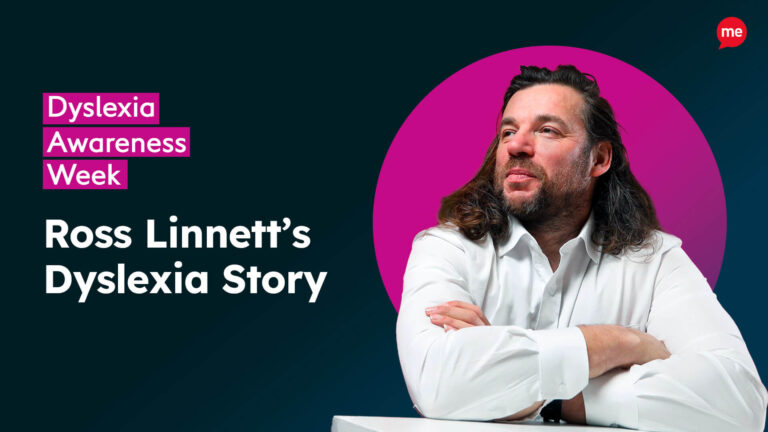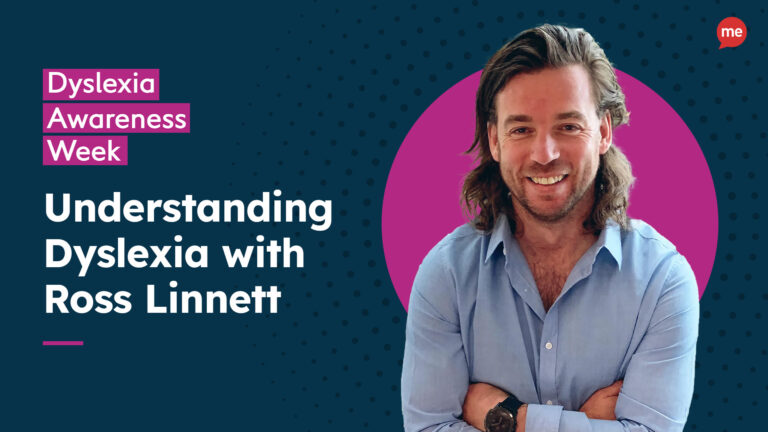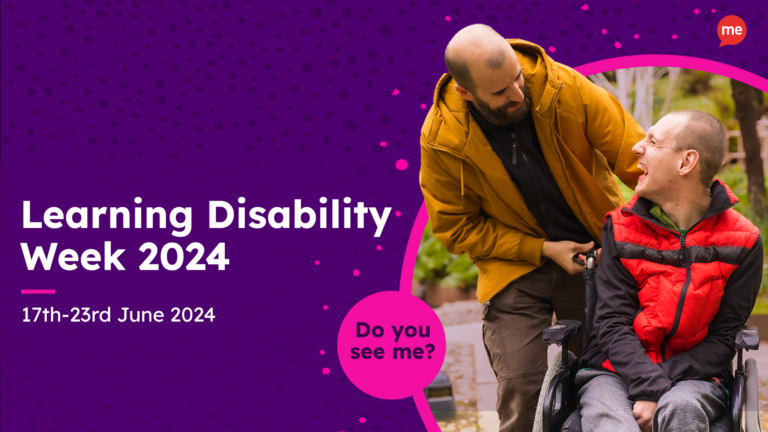How dyslexia aware are you?
That may sound like a strange question. After all, everyone knows what dyslexia is, right? You probably know a few people in your office of friendship circle who have it. However, the signs and symptoms of dyslexia are not universal and vary in severity. So it is, in fact, very possible to be dyslexia unaware without even realizing it.
Dyslexia Awareness Week runs from October 5th to October 11th, 2021. So there’s no better time to delve a little deeper into the background and realities of dyslexia – what it is, what it means, and what can be done to support people with dyslexia in the workplace and their studies.

What Exactly is Dyslexia?
Most people know that dyslexia is a lifelong learning difficulty that affects reading, writing, and spelling. However, many people think it only concerns mixing up the order of letters in words, resulting in spelling mistakes in written work and difficulty reading aloud. But there’s a bit more to it than that.
Dyslexia affects the area of the brain that processes language. So it’s not just about written letters. It’s also about identifying speech sounds and decoding them in relation to letters and words. It takes much more time for dyslexics to break words down into symbols and then match them to the right sounds, so sometimes, even listening to words is challenging in terms of comprehension.
Dyslexia Signs and Symptoms
Because it takes more effort to process written information, people with dyslexia are slower at reading and writing than others. But why? What specific problems do they encounter that make processing words harder? Here are a few examples:
Obstacles in quickly identifying letters and their associated sounds.
Difficulty remembering whole words by sight – especially longer words or words that don’t sound like they are spelled (for example, yacht, cupboard, and colonel).
Putting similar letters the wrong way round (for example, b, d, and p).
Trouble distinguishing between homophones, which are words that sound the same but are spelled differently (for example, there, their, and they’re).
It is particular issues like these that cause the inconsistent spelling and slow reading times.
How Many People Have Dyslexia?
This is the million-dollar question! The NHS estimates that 10% of the population has dyslexia, while Yale suggests that the actual figure is closer to 20%. The truth is, we can’t really say with certainty. Because some people have very mild forms, they are not diagnosed until adulthood – and it’s also very possible that some people with dyslexia are never diagnosed at all. But, for the sake of the argument, let’s go with 15%. That’s around 700 million people worldwide.
What we do know is that dyslexia is the most common learning difficulty, accounting for 80-90% of all diagnosed learning disorders. Other learning difficulties include dyspraxia, dyscalculia, dysgraphia, and hyperlexia.
Does Dyslexia Affect Intelligence?
In short, no. Dyslexia is not a marker of intelligence as it is a learning difficulty, not a learning disability. In fact, dyslexics often have well above average skills in creative thinking, analytics, and problem-solving. Did you know that some of the greatest minds and most successful entrepreneurs were/are dyslexic? Examples include:
- Winston Churchill
- Richard Branson
- Albert Einstein
- Theo Paphitis
- George Washington
- Steven Spielberg
Employing for Diversity
Far from being a negative factor, many employers are now actively recruiting for neurodiverse candidates with dyslexia. Critical thinking skills are sought after in some of the world’s biggest industries and are particularly useful in sectors like IT, architecture, design, fashion, science, and medicine etc. Just a few global organisations to be vocal about employing for diversity include:
- Microsoft
- Goldman Sachs
- GCHQ Intelligence Agency
- Ernst & Young
3 Ways to Support Students and Employees with Dyslexia
Providing additional tools and support to dyslexic students or team members needn’t be complicated or expensive. Just a few simple changes can lead to better productivity, communication, and teamwork practices that can set your organisation on the path to success.
“The whole mission of our product is to support those who learn and communicate differently, so having a solid internal understanding of how that works in a real-life setting is vital for the wellbeing of the team.”
Ross Linnett, Recite Me Founder and CEO
These are just a few of the dyslexia-friendly measures we’ve incorporated into our processes at Recite Me.
Ask & Adapt
Ask people outright what support they need and adapt your procedures accordingly. Examples include providing a longer lead time for deadlines and ensuring materials for meetings or lectures are distributed the day before to allow for adequate review time. You could even print handouts on coloured paper to improve contrast and readability.
Dyslexia-Friendly Communications
Put together a list of dyslexia-friendly fonts and ensure that they are used in all correspondence. Also, make sure any presentations include visual elements that are easy for people with dyslexia to process – not just tables or lists of numbers and data.
Assistive Technology
Invest in technology that allows people to use their time efficiently and simultaneously get the best results. Automatic spell-checkers, screen readers, and text-to-speech tools are great for people with dyslexia as they provide the freedom to get on with things without having to dwell on the minutiae of letters, words, and phonetics. Learn more about assistive technology and dyslexia here.
Dyslexia and Web Accessibility
There can be several elements on a website that make the content hard to read for dyslexic visitors. The most common include:
- Fonts that are not dyslexia friendly.
- Justified text and double-spacing that create a ‘river effect’ in the text.
- Insufficient colour contracts between the text and background.
- Italic text that makes the letters in words hard to distinguish.
- Long sections of unbroken paragraphs.
How Recite Me Software Helps Dyslexics
The Recite Me Toolbar supports your dyslexic website visitors by providing a range of solutions so they can adapt the content and read it in the way that works best for them. Users can:
Have text from any website read-aloud to them
Download and save any written web content as an MP3 file
Choose the exact colour contrast between the text and background
Change the font type and size
Zoom in on any part of a webpage
Use the built-in spell-checker and a fully integrated dictionary and thesaurus
![]()
Our toolbar also helps people who suffer from a wide range of other learning difficulties and disabilities, including decreased vision, colourblindness, ADHD, epilepsy, and those who speak English as a second language.
Find Out More
If you’d like to learn more about supporting your students or workforce with our dyslexia-friendly assistive software, please feel free to contact our team for more information or book a real-time demonstration of our toolbar. Don’t forget to also check out our WCAG 2.1 validator online at Recite Me for free today.


